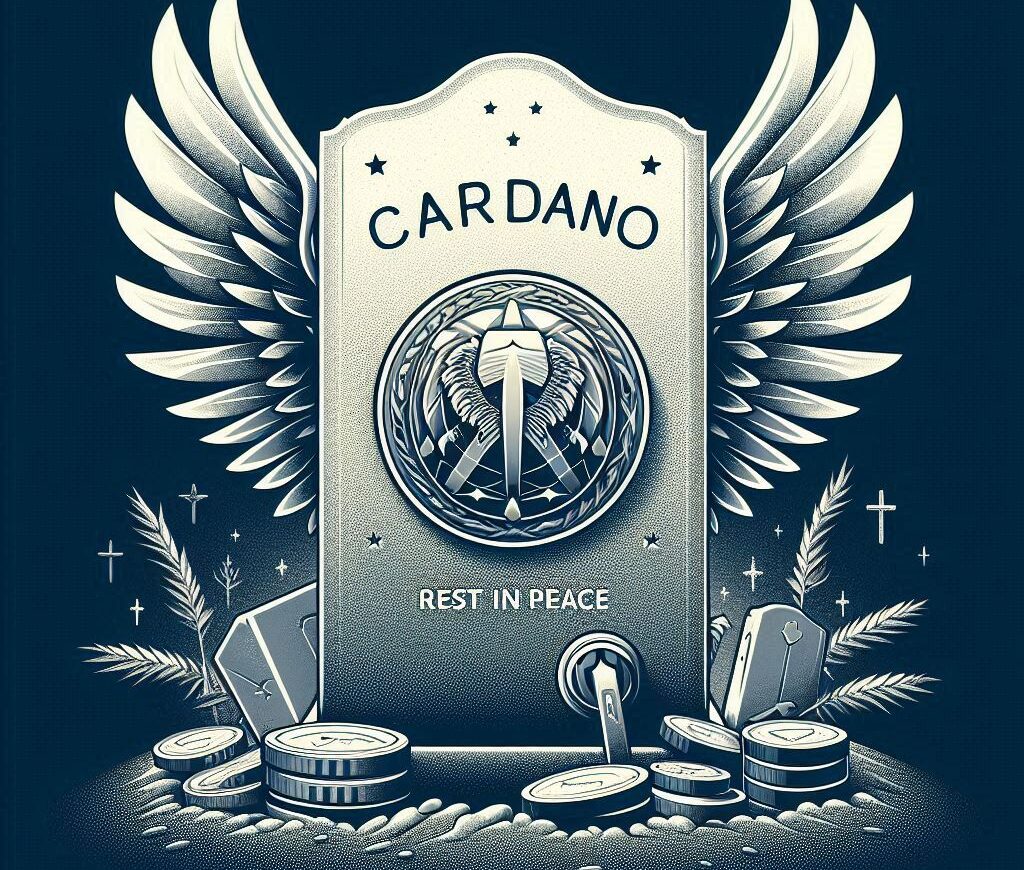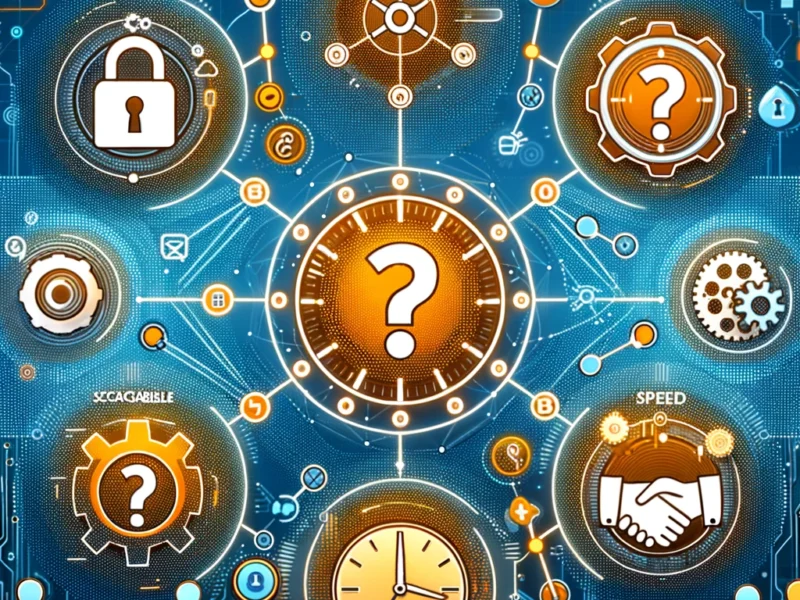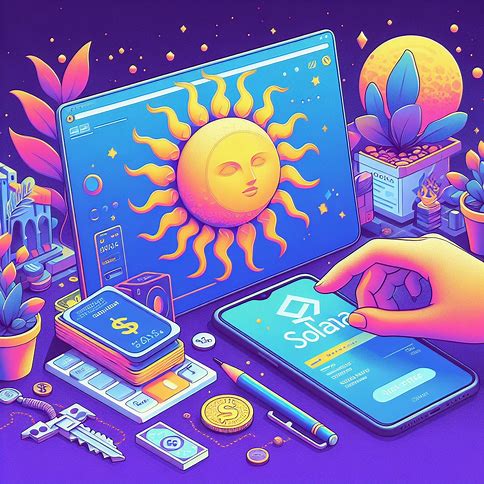In the crypto space projects can rise to prominence quickly, only to fade away just as fast. Cardano (ADA) was once a top-ten cryptocurrency by market capitalization, launched in 2017 and ever since, Cardano has gone through stages of ups and downs. As the project faces challenges and the market changes, many people begin questioning whether Cardano is dead. We will take a closer look at the state of Cardano and also the factors contributing to this perception.
What is Cardano About
Cardano is a decentralized, open-source blockchain platform that aims to provide a more sustainable, scalable, and secure alternative to other smart contract platforms like Ethereum.
The key features of Cardano include:
- A proof-of-stake (PoS) consensus mechanism called Ouroboros
- A layered architecture that separates the settlement layer (for transactions) from the computation layer (for smart contracts)
- A research-driven approach to development, with a focus on academic rigor and peer-reviewed work
- A governance model that empowers ADA holders to vote on proposed changes to the network
Cardano is not dead but rather thriving in the financial market. Cardano has been developed in phases, with each phase bringing new functionality to the platform. One of such is Goguen which introduced smart contract capabilities through the Plutus scripting language and the Alonzo hard fork in September 2021
Challenges Facing Cardano
1. Slow development progress
Cardano has been criticized because of the pace of its development. While the project has taken a methodical, research-driven approach, this has sometimes resulted in slower progress compared to other blockchain platforms. For example, the launch of smart contract functionality took place years after Cardano’s initial release and competitors like Ethereum and Binance Smart Chain were already on track.
2. Limited adoption and ecosystem growth
Adoption is key for any blockchain project, and Cardano has struggled to attract developers and users at the same rate as some of its rivals. While the Alonzo upgrade brought smart contract capabilities, the number of dApps and projects building on Cardano remains relatively low compared to other platforms. This lack of ecosystem growth has led some to question the demand for Cardano’s offerings..
3. Competition from other blockchain platforms
The blockchain space has become increasingly crowded, with numerous projects vying for market share and developer attention. Cardano faces stiff competition from established platforms like Ethereum, which has a first-mover advantage and a large, active ecosystem, as well as newer entrants like Solana and Polkadot, which offer their own unique features and value propositions.
4. Market sentiment and price performance
Just like it is for all cryptocurrencies, Cardano’s price has been subject to market volatility and sentiment. After reaching an all-time high of $3.10 in September 2021, ADA has experienced a significant price decline, and traded below $0.50 in 2022. While price performance isn’t the only measure of a project’s success, it can influence perception and adoption, particularly among more speculative investors.
Related: Cardano vs. Solana: Which one is a Better Investment in 2024
Reasons for Optimism
Even with all these challenges, there are still reasons to be optimistic about Cardano’s future.
1. Strong community support
Cardano has a dedicated and engaged community of supporters who believe in the project’s long-term vision and potential. This community has remained active and supportive even during periods of market downturn and development delays.
2. Ongoing development and partnerships
While progress may be slower than some would like, the Cardano team continues to work on improving the platform and expanding its capabilities. This includes ongoing work on scaling solutions like Hydra, as well as efforts to foster enterprise adoption through partnerships with companies like Veritree and Dish Network.
3. Potential for real-world impact
Cardano’s focus on sustainability, interoperability, and social impact could position it well for long-term success, particularly as more investors and users prioritize these factors. Projects like Atala PRISM, which aims to provide decentralized identity solutions in Africa, showcase the potential for Cardano to make a real-world difference.
So while the project faces significant challenges and has struggled to keep pace with some of its competitors it is far too early to declare it dead, since it still has a dedicated community, ongoing developments, and long-term vision that could position it for success in the future.
Key Takeaways
1. Cardano is a decentralized blockchain platform that aims to provide a more sustainable, scalable, and secure alternative to other smart contract platforms.
2. Despite its ambitious goals and technical innovations, Cardano has faced challenges such as slow development progress, limited adoption and ecosystem growth, competition from other blockchain platforms, and market sentiment and price performance.
3. Cardano’s methodical, research-driven approach to development has sometimes resulted in slower progress compared to competitors, with features like smart contract functionality launching years after the project’s initial release.
4. The number of dApps and projects building on Cardano remains relatively low compared to other platforms, leading to questions about the demand for Cardano’s offerings.
5. Cardano faces stiff competition from established platforms like Ethereum and newer entrants like Solana and Polkadot, which offer their own unique features and value propositions.
6. Despite these challenges, Cardano has a dedicated community, ongoing development and partnerships, the potential for real-world impact, and a long-term vision and roadmap that could position it for future success.
7. The fate of Cardano will depend on its ability to overcome challenges, deliver on its promises, and differentiate itself in a competitive market.
8. Investors and supporters should maintain a long-term perspective and evaluate the project based on its fundamentals and progress, while understanding the risks involved in the cryptocurrency market.
Frequently Asked Questions
1. What makes Cardano different from other blockchain platforms?
Cardano differentiates itself through its proof-of-stake consensus mechanism (Ouroboros), layered architecture separating the settlement and computation layers, research-driven approach to development, and a governance model that empowers ADA holders to vote on proposed changes.
2. Can I build smart contracts on Cardano?
Yes, Cardano introduced smart contract capabilities through the Plutus scripting language and the Alonzo hard fork in September 2021. Developers can now build and deploy smart contracts and dApps on the Cardano platform.
3. Why has Cardano’s price performance been poor recently?
Like all cryptocurrencies, Cardano’s price is subject to market volatility and sentiment. The recent price decline can be attributed to various factors, including overall market conditions, slower-than-expected development progress, and limited adoption compared to competitors.
4. Is it safe to invest in Cardano?
Investing in any cryptocurrency carries risks, and Cardano is no exception. While the project has potential, it also faces challenges and uncertainties. It’s essential to do your own research, understand the risks involved, and make informed decisions based on your own goals and risk tolerance.
5. What is Cardano’s long-term vision?
Cardano’s long-term vision is to create a sustainable, scalable, and interoperable blockchain platform that can support a wide range of use cases, from financial services to supply chain management and decentralized identity solutions. The project aims to balance the needs of users, regulators, and innovators while making a positive social impact.
6. How can I buy and store ADA, the native token of Cardano?
You can buy ADA on various cryptocurrency exchanges, such as Binance, Coinbase, and Kraken. Once purchased, you can store your ADA in a compatible wallet, such as the official Daedalus wallet or the Yoroi wallet, which are both specifically designed for the Cardano platform.
7. What are some of the projects and partnerships built on Cardano?
Some notable projects and partnerships built on or collaborating with Cardano include Atala PRISM (decentralized identity), Veritree (land restoration and carbon offsetting), Dish Network (blockchain-based loyalty program), and New Balance (product authentication and tracking). However, the overall ecosystem of dApps and projects on Cardano remains relatively small compared to other platforms.










